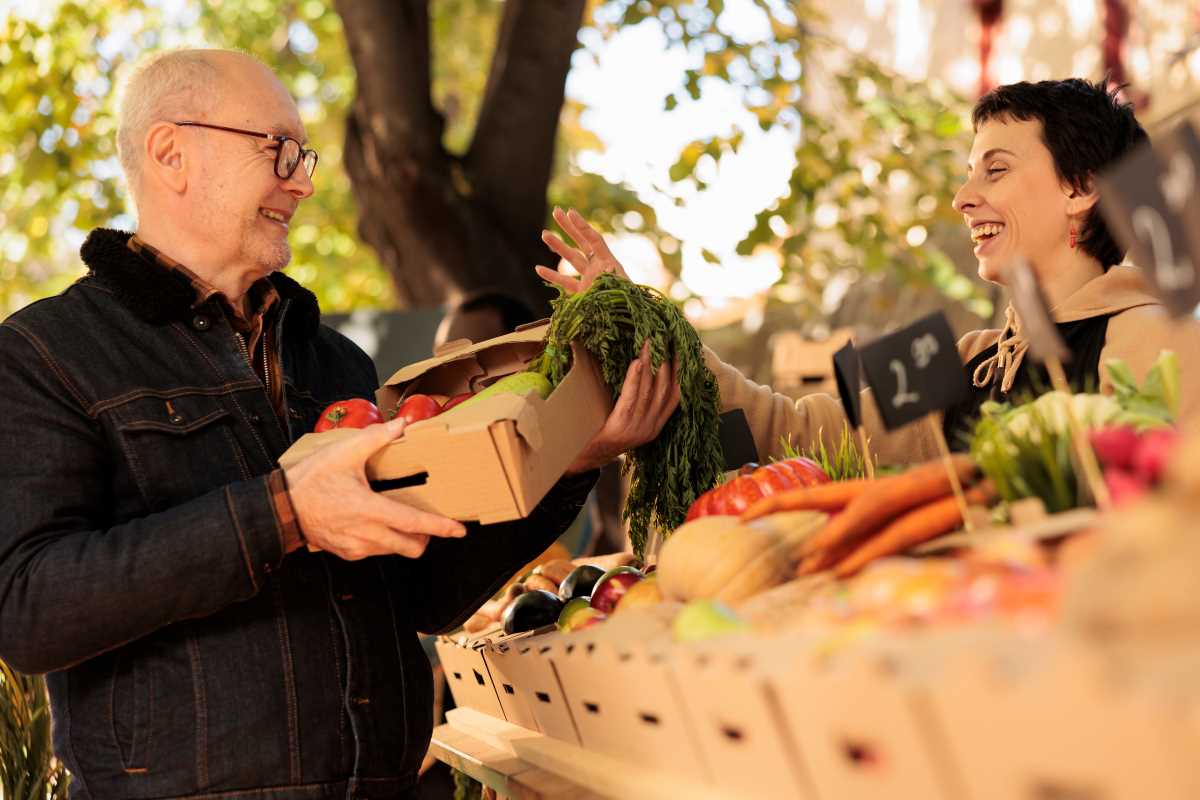Walking through a neighborhood park, you notice a small community garden choked by weeds, while just down the path, an afterschool program searches for volunteers to guide creative workshops. A sense of possibility stirs within you; your skills, time, and enthusiasm could breathe new life into these local projects. This feeling inspires many to step forward and take part in activities that brighten their communities. By rolling up their sleeves and contributing where help is needed, people discover that even small actions can lead to lasting improvements and deeper connections with those around them.
Whether you have just a couple of hours a week or can commit to an ongoing role, exploring local volunteer opportunities uncovers hidden needs and fresh challenges. From nurturing green spaces to guiding young learners, stepping into a supportive position can shift both how you see your neighborhood and how your neighbors see you.
New Ways to Think About Local Giving
- Spot small-scale needs first: map out pocket parks, corner stores, or weekend youth programs that operate on shoestring budgets. These grassroots efforts often get overlooked yet benefit directly from hands-on support, giving you an immediate, visible impact.
- Match your personal strengths with community gaps: if you excel at storytelling, consider mentoring a literacy circle; if you’re a logistics whiz, offer time to coordinate donation pickups or delivery runs. Connecting skills to specific requests creates a real synergy.
- Explore emerging local initiatives: check neighborhood newsletters, community board forums, or local social media groups for new drives or pop-up events. Joining something at its inception gives you a chance to shape its direction rather than simply filling a slot after the fact.
Where Hands Meet Purpose
Volunteering is more than ticking a box; it becomes an ongoing adventure when you discover how each role weaves into a larger tapestry of community well-being. That’s why you might lean into urban farming collectives one week and then switch to storytelling sessions at the library the next. It broadens your sense of connection and keeps the work fresh.
One resource that explores how to cultivate a thriving neighborhood garden offers practical steps you can apply right away.
Practical Examples of Volunteer Roles
- Community Harvest Garden — Urban Green Space
- Unique Feature: Converts unused lots into edible landscapes while teaching organic techniques.
- Cost/Availability: Tools and seeds provided; shifts available weekdays and weekends.
- Insider Tip: Arrive early on Saturdays to help set up seedling trays, then join a quick tutorial with veteran volunteers to learn advanced pruning hacks.
- Weekend Storytelling Crew — Youth Literacy
- Unique Feature: Hosts interactive reading circles with puppets and illustrations to boost engagement.
- Cost/Availability: Free training session; volunteer spots open twice a month.
- Insider Tip: Craft a simple prop—like homemade finger puppets—to personalize stories and spark curiosity among hesitant readers.
- Mobile Food Pantry Route — Food Security
- Unique Feature: Converts donated produce into meal kits delivered via a refrigerated van.
- Cost/Availability: No fee; rotating shifts on Tuesdays and Thursdays.
- Insider Tip: Team up with a driver to become a pack lead—organizing items by dietary needs helps recipients find fresh essentials faster.
- Park Refurb Squad — Public Space Maintenance
- Unique Feature: Combines light landscaping, graffiti removal, and mural painting in one volunteer gig.
- Cost/Availability: Supplies provided; sessions scheduled every other Saturday morning.
- Insider Tip: Bring a set of sturdy work gloves and a refillable water bottle—teams often tackle two different parks in a single outing.
- Tech Connect Helpers — Senior Digital Skills
- Unique Feature: Offers one-on-one or small group coaching to help older adults navigate smartphones and online tools.
- Cost/Availability: BYO device; slots bookable monthly.
- Insider Tip: Prepare three simple lesson plans—email setup, video call basics, and photo sharing—to adapt on the fly based on participants’ immediate questions.
Make the Most of Your Time and Your Impact
- Set micro-goals for each session: instead of “help out,” aim to plant a dozen seedlings, read two picture books, or pack twenty meal kits. This focus gives each visit a clear achievement and helps you measure progress.
- Coordinate with fellow volunteers ahead of time: set up a group chat or shared calendar to swap shift reminders, resource needs, and success stories. This simple network can solve scheduling hiccups and keep morale high.
- Track your hours and tasks visually: whether you use a digital tracker or a whiteboard at home, seeing your cumulative contributions motivates you to keep up the momentum week after week.
- Partner with local businesses: suggest teaming up with a nearby coffee shop for post-shift debriefs or with a hardware store for discounted supplies. These connections strengthen ties between volunteers and neighborhood businesses.
Overcoming Common Barriers
- Time constraints: if long commitments don’t fit your schedule, look for one-off events like cleanup days or seasonal drives. Short bursts of involvement still create meaningful change when many hands join in.
- Lack of confidence: shadow an experienced volunteer for your first session, take notes on how they introduce themselves and handle tasks, then gradually take on responsibilities on your own.
- Unclear expectations: ask organizers for a brief orientation or volunteer handbook. Having a checklist of duties and a quick contact person makes showing up less intimidating and more productive.
- Resource limitations: reuse tools and supplies from home—extra gardening gloves, old picture books, even baking trays for food kits can fill small gaps without stretching budgets.
Choose volunteer roles that fit your skills and interests to make a real difference in your community. Get involved, try new opportunities, and watch your local impact grow.
.jpeg)
.jpg)





